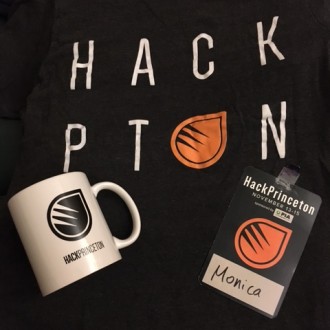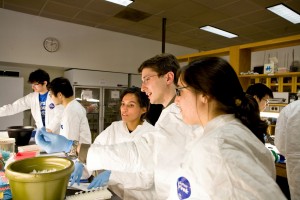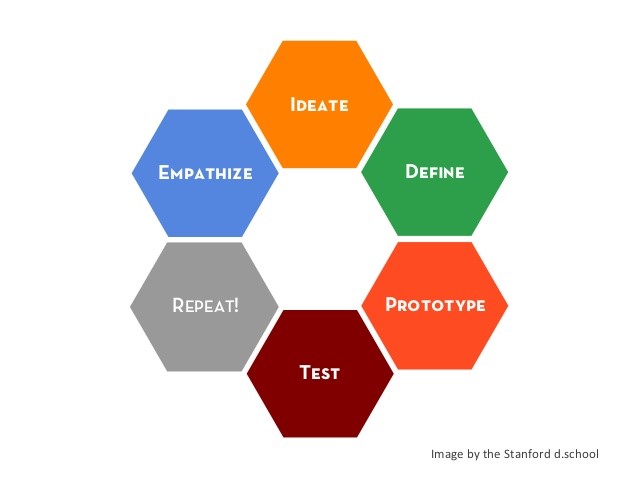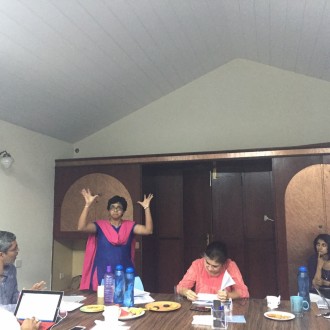Every year, students across the country come to campus for HackPrinceton, the biannual hackathon event that boasts thousands of visitors. While I’ve never attended a hackathon in my life, quite a few of my friends attend them regularly. They gather in small teams to work on technology and engineering projects (colloquially called “hacking”) at the event, which culminates in group presentations of the projects they’ve created. I’ve noticed that the hackers who are involved in research or entrepreneurship find the hackathon experience especially rewarding. So, this spring, I plan to try out my first hackathon at HackPrinceton. In preparation for the April 1-3 session. I decided to learn a little more about hackathons and how they relate to research in general.
Here’s a snippet of my Q&A with 2015-16 HackPrinceton Directors Zach Liu ’18 and Monica Shi ’18, who helped run the incredibly successful HackPrinceton Fall 2015.

Me (Kavi): What exactly is a Hackathon?
Monica: Essentially it’s an event where people come together to think of and build projects. Traditionally, these projects are divided between software and hardware, but there are hackathons for other things – like design projects. It’s a great way for people to learn about programming and technology by getting together with a group of like-minded students to build a project for 24-36 hours. It’s kind of like a marathon where you have any and all the materials you need to build your project. The hackathon organizers will do their best to make sure you’re able to hack with all the resources you need – including all the food you need to keep you satisfied. At the end, teams get feedback from a panel of judges, and the top projects win awesome prizes!
Continue reading Q&A with HackPrinceton Directors




